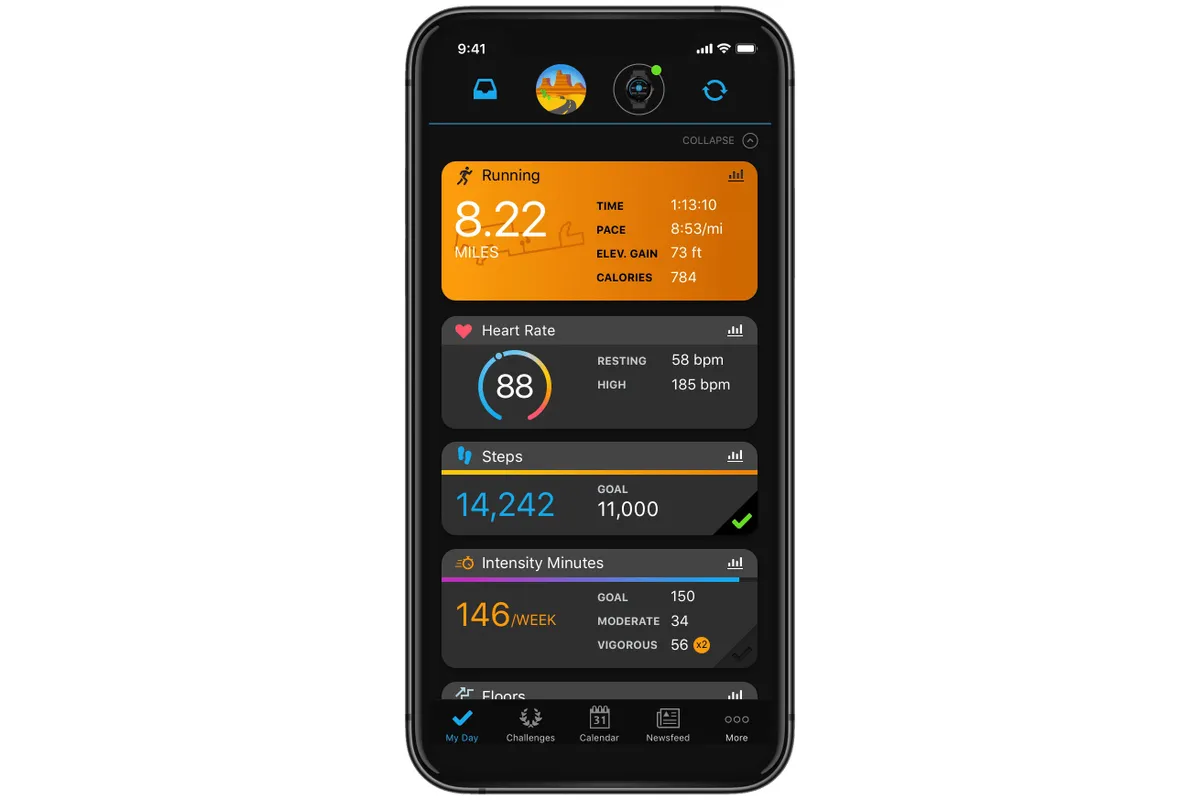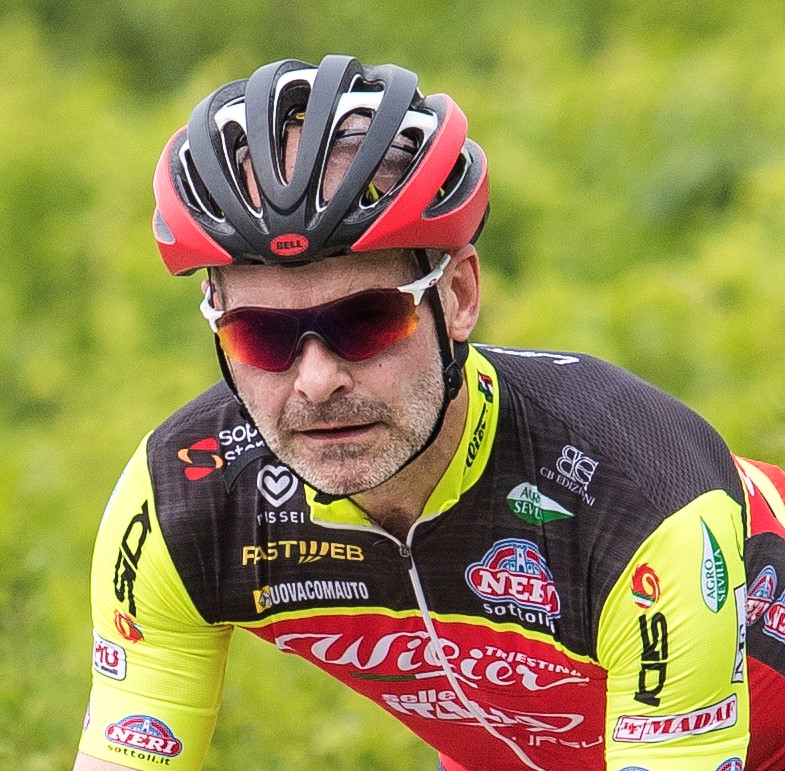Everyone’s life has moved increasingly online, and for cyclists, that creates unique problems.
Sharing rides and photos can be motivating and fun, but it risks revealing far more than you intend – from the exact location of your garage to details thieves could use, not to mention often highly personal data.
With so many connected apps, it’s not always clear who can see what.
Here are seven common ways you might be compromising your cycling privacy online, and what you can do to stay safe.
1. Think about your Strava settings

Strava calls itself “the social network for athletes”, and much of its appeal comes from sharing rides, cheering friends on, and posting photos or videos. But by default, that also means your activities reveal where you’ve been, when, and potentially even where you live.
- Read more: The one benefit of Strava that nobody is talking about (and why it could make you happier)
The most important step is setting up privacy zones around your home, work or any other sensitive location.
Be strategic here – a small circle drawn just a couple of hundred metres from your house can still make it obvious which property is yours, especially if you live in a rural area. A zone set further away gives you more protection.
Even then, be cautious about what you post. An image taken outside your front door or garage can be just as revealing as a GPS trace.
From there, Strava’s layered privacy tools enable you to control who sees what: you can share with everyone, with followers only or lock rides down completely.
Another setting to check is Flyby, which enables other riders to see when and where you crossed paths.
It’s disabled by default, but if you switch it on, your rides must be publicly visible. Make sure you’re comfortable with that before enabling it.
Finally, consider the global heatmap, which aggregates millions of rides to show popular routes.
Strava does apply your privacy settings here, but if your rides are public, others could zoom in close to your start and end points. You can opt out entirely if you’d prefer not to appear.
It’s not only your location you need to consider. If your ride starts with a run over to your mate’s house to meet up, it’s another frequently visited place that’s likely to contain bikes.
Your Strava trace – or trace on any other app, for that matter – will most likely flag it up with a wiggly GPS trace and a speed drop to zero as you wait around for them to get ready.
Set privacy zones for friends’ houses and other locations you visit frequently, that snoopers may want to know about.
2. Watch where your Garmin courses start

Garmin Connect provides a great tool for ride planning.
You can map out a route (or Course in Garmin speak) and Garmin will use its own popularity routing to send you via routes most used by cyclists.
It’s similar to the route planning offered by Strava, but unlike Strava, it's free to use.
You can choose your basemap to plot your route. The most detailed basemap is OpenStreetMap – but there’s a privacy catch if you use it.
While routes plotted in Garmin’s base map, Google Maps or Here Maps can be kept private, those plotted on OpenStreetMap are always public.
This opens up the same issues of identifiable start and end locations as with rides on Strava.
Either start your planned route a couple of kilometres down the road, when Garmin will direct you to the start, or delete your course once you’ve ridden it.
It won't always be this way – speaking to BikeRadar, a Garmin spokesperson said it is "in the process of making courses created with OSM private by default", adding "we expect that update to take place later this year".
3. Don’t be too social

Social media sites are another source of info on where you are and where you ride.
Instagram has recently introduced optional location sharing, which provides your location to contacts in near real-time.
Snapchat, too, has a location heatmap, which could show where you and your bikes are located.
If you want to be really safe, it’s probably not a good idea to boast online about that new Pinarello you’ve just bought, either.
There’ve been cases of riders being followed and their bikes hijacked.
4. Make sure your photo sharing doesn’t share more than you thought

Another opportunity to reveal your location is provided by sharing photos.
Be mindful of the background of your shots. Does it show your house, garage or other distinctive features that could reveal where you live?
It’s relatively easy to use Google Street View and satellite images to establish where a particular shot was taken if you know the rough area.
Some photo-sharing apps will retain the metadata for posted shots, too. This might include the GPS coordinates showing where they were taken.
Check that your preferred photo-sharing app strips your metadata, or remove it yourself before posting a shot.
5. Check who you share your real-time location with

Most GPS cycling computers offer real-time location sharing via their apps if you carry your phone with you.
It’s another potentially leaky source of location info, although by default your ride is shared with named contacts only.
But Garmin Connect, for example, enables you to share to other apps too, so you could potentially leak your location into apps where you haven't set such tight privacy.
6. Consider your indoor rides

Indoor cycling apps enable you to ride your outdoor routes on your trainer. It’s yet another potential source of data leakage if you share your indoor workouts, particularly if you upload video footage to accompany your ride’s GPS file.
Again, consider who can see what in Rouvy, Bkool or your other preferred indoor training app.
7. Check your shared apps
There’s a whole network of cycling apps that you can link together.
Your ride might be logged in Garmin Connect, uploaded to Strava, pushed out to Komoot and fed through to training apps, brands’ sites and more.
Before you know it, you could have a web of a dozen linked accounts, all seeing some or all of your data and potentially sharing it.
Most apps will have robust privacy policies, but those policies can change, and lesser-known apps may take a more lax approach.
Proceed cautiously and check that any historical links are disabled if you stop using an app.




